
Pulp fiction really came into its own in the 1920s. This was the ground floor for all the stories which were adapted into classic Film Noirs. The 1930s saw the invention of the mass market paperback novel, but the pulp magazines of the 1910s and 1920s helped pave the way for the Raymond Chandlers and Mickey Spillane’s in the following decades.
We’ve put together a reading list of books from the period that we like as well as books about the time that we found really interesting and informative.
All of the links are to the website indiebound.org instead of Amazon. With IndieBound it will tell you the closest independent bookseller selling the book you want. So if you’re going to buy any of these books we’d suggest helping out small businesses, Jeff Bezos doesn’t need the money.
Besides, the independent bookstores usually have cool bookstore cats, and they’re always fun. (<- The link features Zeus and Apollo from our neighborhood bookstore, Illiad Bookshop. If you’re in North Hollywood go say hi.)
Fiction
The Great Gatsby (1925) – F. Scott Fitzgerald
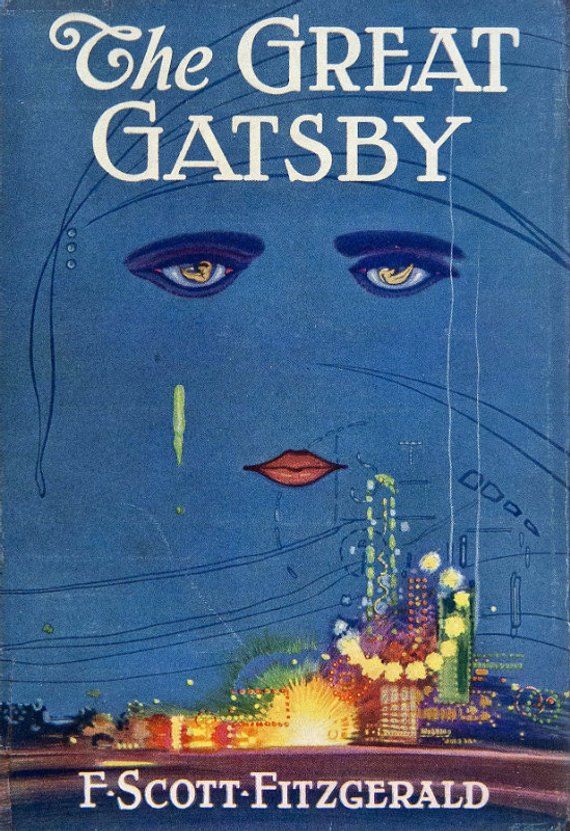
I’m just gonna get this one out of the way now. We’ve mentioned this book and it’s author many times on our website, I personally love The Great Gatsby. It’s a crime fiction story with pulp tropes that surpassed genre fiction and is known (correctly) as literature. They consider it “The Great American Novel” for a reason. It’s like the kid from the neighborhood who struck it rich and is now accepted in high society.
If you’ve read it and you came away thinking, “I didn’t like the characters.” You’re not supposed to like the characters, they’re a bunch of rich douchebags. Tom Buchanan is like Troy in The Goonies or William Zabka the 80s Bully. Actually I’m convinced if this movie was made in the mid-80s Zabka would have been cast as Tom.
And on January 1, 2021, it will be in the public domain. I’m not saying this means we’ll finally have film adaptations because there’s already been a lot. The first in 1926 a year after the book was published. But this could open the door for fan fiction, Gatsby. Like, let’s say, Gatsby with zombies or Gatsby Pulp Fiction. That’ll be fun.
Bad Girl (1928) – Viña Delmar

The Great Gatsby showed America’s high society of the Jazz Age, Bad Girl is about the lower-middle-class. The book was banned in Boston because it featured premarital sex and pregnancy. And because it was banned in Boston it naturally became a bestseller.

The film adaptation was nominated for Best Picture in 1931. Frank Borzage took home the Academy Award for Directing it.
The Girl from Hollywood (1923) – Edgar Rice Burroughs
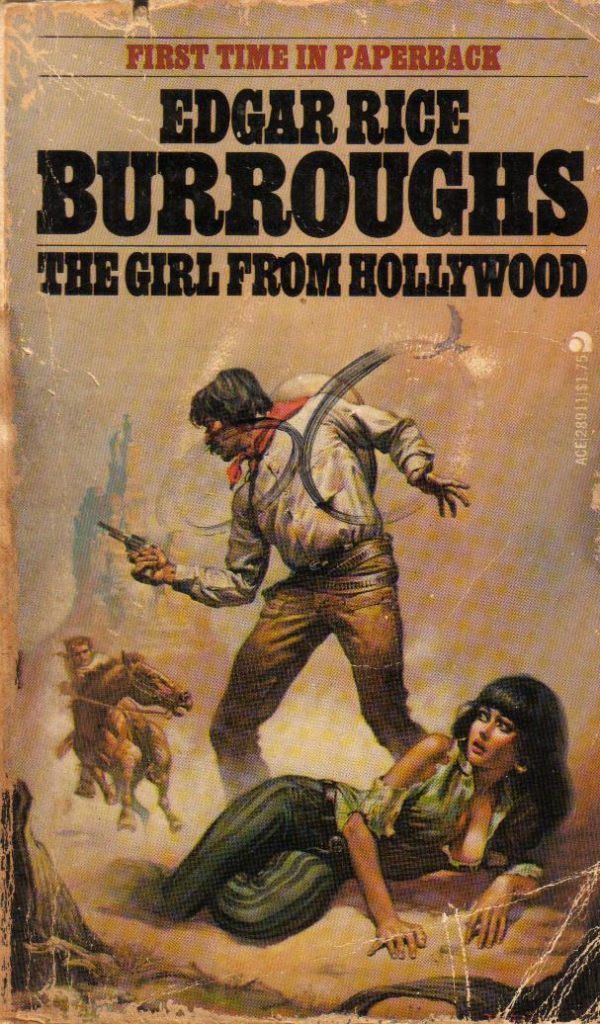
From the man who gave us Tarzan, Edgar Rice Burroughs ticks all the boxes in a proper pulp novel set in 1920s Hollywood.
This book has: Characters tied up in a bootlegging enterprise. An actress who doesn’t get any roles because she refuses to give sexual favors. That same actress gets addicted to cocaine and stuck peddling drugs to feed her addiction. There’s also a murder mystery. And a guy getting wrongfully accused of (a totally separate) murder.
The Sun Also Rises (1926) – Ernest Hemingway
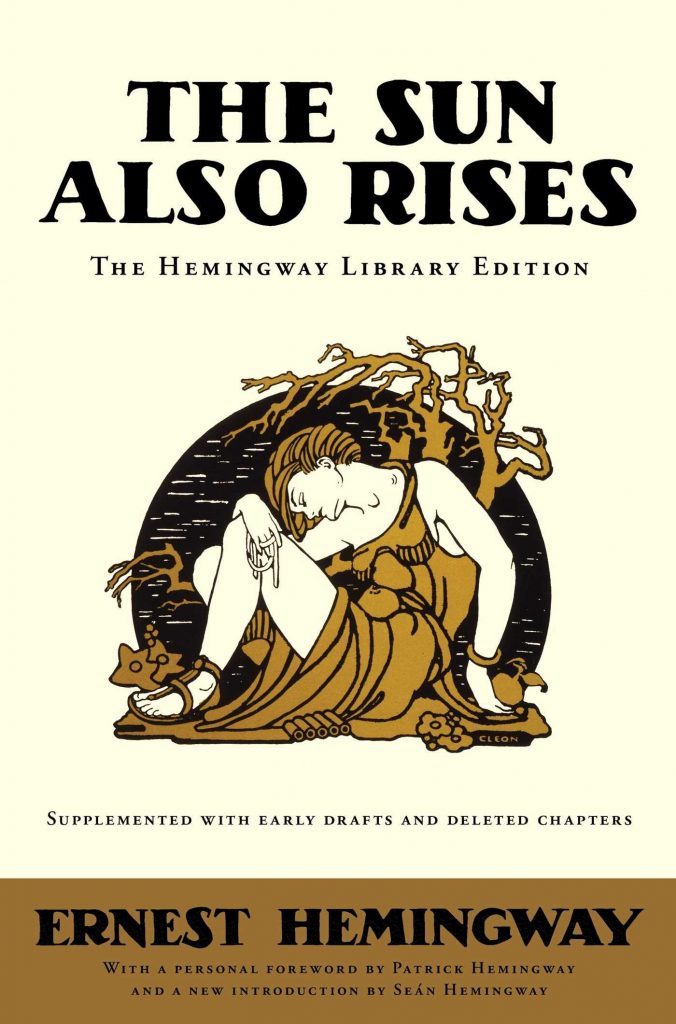
We’ve talked about this Hemingway book before but it’s worth noting here as well because this book defined the era, it’s where we get the term “the Lost Generation.”
It covers the wild parties and leisure lifestyle of the American expatriates in 1920s France and it follows them to bullfights in Spain. But I really like how they’re all just constantly shitting on the character Robert Cohn. It’s awesome. When I went to Paris on my honeymoon my wife was kind enough to indulge me with a Hemingway bar crawl. I wrote about one of the bars we went to here.
The Walls of Jericho (1928) – Rudolph Fisher
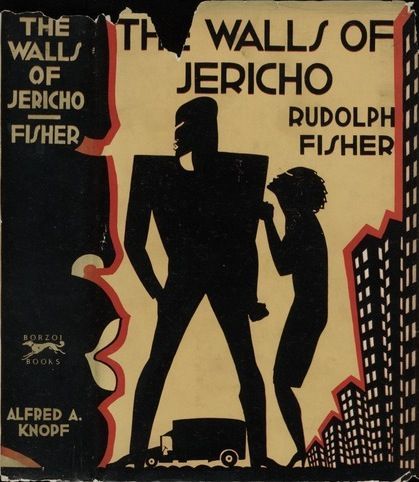
This product of the Harlem Renaissance is a satire of the social structure of “high” and “low” Harlem. Walls of Jericho is the literary debut of Fisher, who Langston Hughes called, “the wittiest of these New Negroes of Harlem, whose tongue was flavored with the sharpest and saltiest humor.”
He’s not wrong, the book features its fair share of “Harlemese” and at the end of the novel Fisher has an 11-page glossary of definitions of 110 different slang terms, “expurgated and abridged.”
Most importantly, Rudolph Fisher would go on to write the first non-serialized detective novel by an African American. That novel was written in 1932 and reads like an Agatha Christie locked door mystery. It’s called The Conjure-Man Dies: A Mystery Tale of Dark Harlem.
Gentlemen Prefer Blondes (1925) – Anita Loos
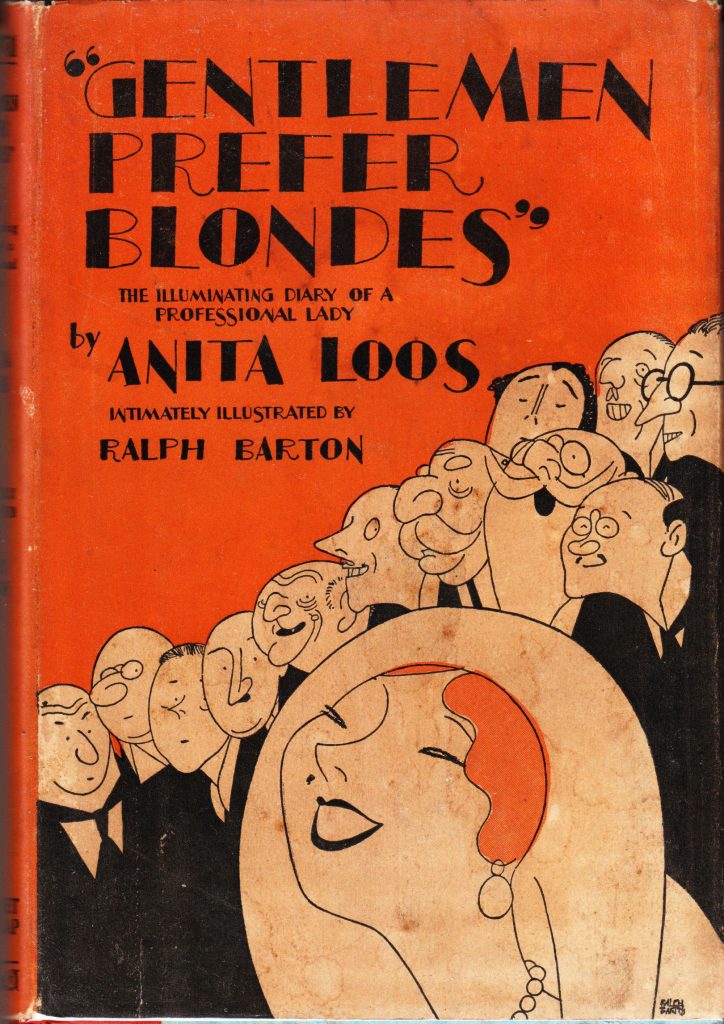
Before it was a Marilyn Monroe / Jane Russell film in 1953, Gentlemen Prefer Blondes was a musical in 1949. And before the musical in 1949, it was a silent film in 1928. But before the Silent Film in 1928 it was a Broadway stage play from 1926 – 1927. And before that, it was a novel by Anita Loos.
Anita Loos was a huge writer in Hollywood, getting her start writing for D.W. Griffith in countless Silent Films. She moved to New York and wrote plays, novels, screenplays, and Hollywood biographies. Short in stature, Anita would wake up at 5 am every day and write. She’s an inspirational person not just for female writers but for men as well. She followed this book up with But Gentlemen Marry Brunettes in 1927.
Flaming Youth (1923) – Warner Fabian (Samuel Hopkins Adams)
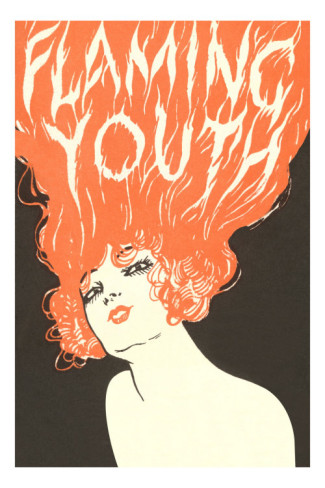
How awesome is that artwork? The above artwork is for the film, the tagline is:
Daring — reckless — sensation seeking — full of “I don’t care” — and jazz — and —?
This along with Adams’ other book he wrote under the Fabian moniker Unforbidden Fruit, deal with the sexual urges of young women of the Jazz Age. F. Scott Fitzgerald later wrote that Flaming Youth altered the sexual mores of the nation. That’s quite a book. This one we haven’t read but will.
Red Harvest (1929) – Dashiell Hammett
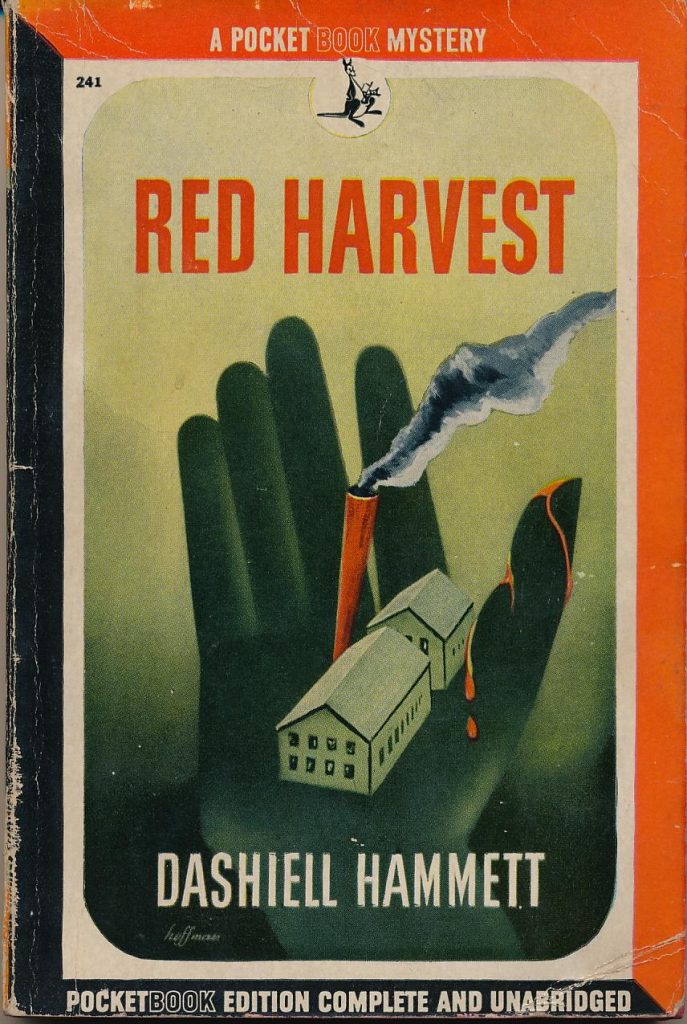
Although The Maltese Falcon technically debuted in 1929 as a 5-part serialized story in Black Mask magazine, the book itself was published in 1930 and therefore doesn’t make the cut.
However, Red Harvest does. The debut novel of ex-Pinkerton agent Dashiell Hammett, Red Harvest is a gem. We’ve previously talked about how this book influenced the Coen Brothers when they wrote Miller’s Crossing but it’s worth mentioning again.
It’s hard to say if this is the best book by Hammett, but I think it’s better than Maltese Falcon. There I said it.
The Murder of Roger Ackroyd (1926) – Agatha Christie

This is the third novel featuring Hercule Poirot, and when Christie really catches her stride writing about him. Poirot is a former chief of police from Belgium who arrives in London as a Belgian refugee after World War One.
This one has him coming out of retirement to solve the murder, it won’t be the last time. It’s important to realize that at the time Agatha Christie first started writing these mysteries there were a lot of people writing mysteries. With the popularity of Sherlock Holmes during the Victorian and Edwardian era’s many people tried to write like Conan Doyle. But Christie broke the mold and by the end of the decade, people were trying to write like her, not Doyle.
Non-Fiction
In order to get a good feel for the era a mixture of fiction and non-fiction really helps. These books don’t read like a history book, they’re very entertaining in their own right.
Rothstein (2003) – David Pietrusza

When David Pietrusza was thinking about what to write for his next book he didn’t know what he wanted to write about, only that he wanted it to be set in the 1920s. But what about the 1920s? He’d written about baseball in the past, maybe baseball in the 20s? Prohibition? Organized crime? Politics? New York? Chicago? The Stock Market Crash? The more he researched what he might want to write about, the more he saw the same name pop up, Arnold “The Brain” “The Big Bankroll” “AR” Rothstein.
In 1920s America if it made money, legal or illegal, AR probably got the lion’s share. This book is about the 1920s because Arnold Rothstein is the 1920s, the good the bad and the ugly that came with it.
Boardwalk Empire: The Birth, High Times, and Corruption of Atlantic City (2002) – Nelson Johnson

Speaking of gangsters, this book by Nelson Johnson was the inspiration for HBO’s incredible Boardwalk Empire. The book talks about Enoch Nucky Johnson, Terrance Winter wanted the show to keep viewers on their toes so he made the main character Enoch Nucky Thompson. A small change but it allowed them to make him different than the very real Nucky from AC.
The Ghosts Of Eden Park (2019) – Karen Abbott

If you watched the show Boardwalk Empire you met George Remus, the man who talked about himself in the third person.
Well in real life he did talk about himself in the third person. He also did other things, like own 35% of all the liquor in “dry” America and commit cold-blooded murder.
Ghosts of Eden Park talks about the rise and spectacular fall of George Remus. Where the G-Man who was assigned to bring him down didn’t just get him arrested, he started shtupping his wife, which ended disastrously for everyone involved.
The Bourbon King: The Life and Crimes of George Remus, Prohibition’s Evil Genius (2019) – Bob Batchelor

For a largely forgotten man, 2019 was a big year for the King of the Bootleggers. This larger than life character is worth reading two books over. He slung more booze than Al Capone and was considered one of the greatest criminal defense lawyers of his era.
One of Remus’ contemporaries once said:
Remus was to bootlegging what Rockefeller was to oil.
Last Call (2010) – Daniel Okrent
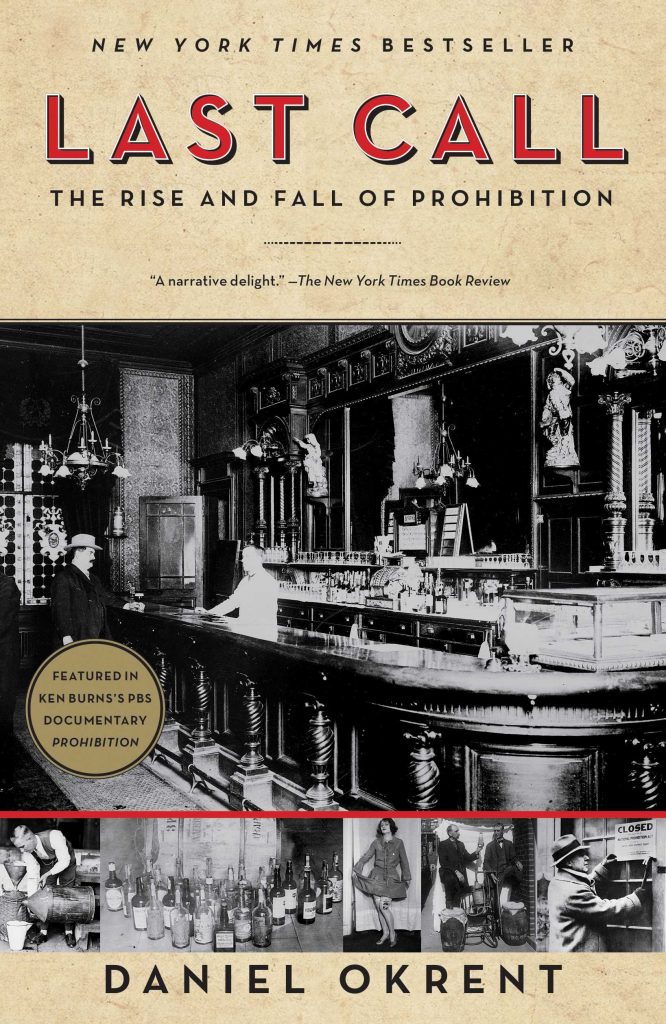
We’ve written about this book in previous posts but it’s worth bringing up again because it is awesome. This book covers everything you need to know about Prohibition. From the strange bedfellows, it made like Woman’s suffragists and the KKK to the ingenuity behind average Americans finding loopholes so that they could get sloshed.
My favorite is how they sold homebrew supplies with “DO NOT” on top of the instructions. “Well, we warned them not to do it. Not our fault our package of hops, barley, and yeast made beer.”
1920: The Year of the Six Presidents (2008) – David Pietrusza
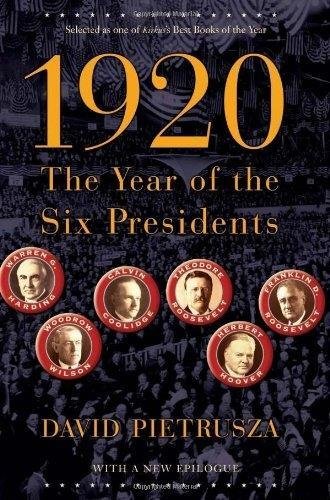
This is Pietrusza’s second book on this list, what can I say I love his writing. We put this on here for all the people out there who feel that politics just aren’t talked about enough anymore.
That was a joke obviously. But even if you’re tired of political discourse and the upcoming 2020 election, this book is worth a look. It covers the 1920 election where Six, SIX! once-and-future presidents ran for the seat in the oval office. Wilson, Harding, Coolidge, Hoover, Teddy and Franklin Roosevelt all ran for the presidency in 1920. That’s incredible.